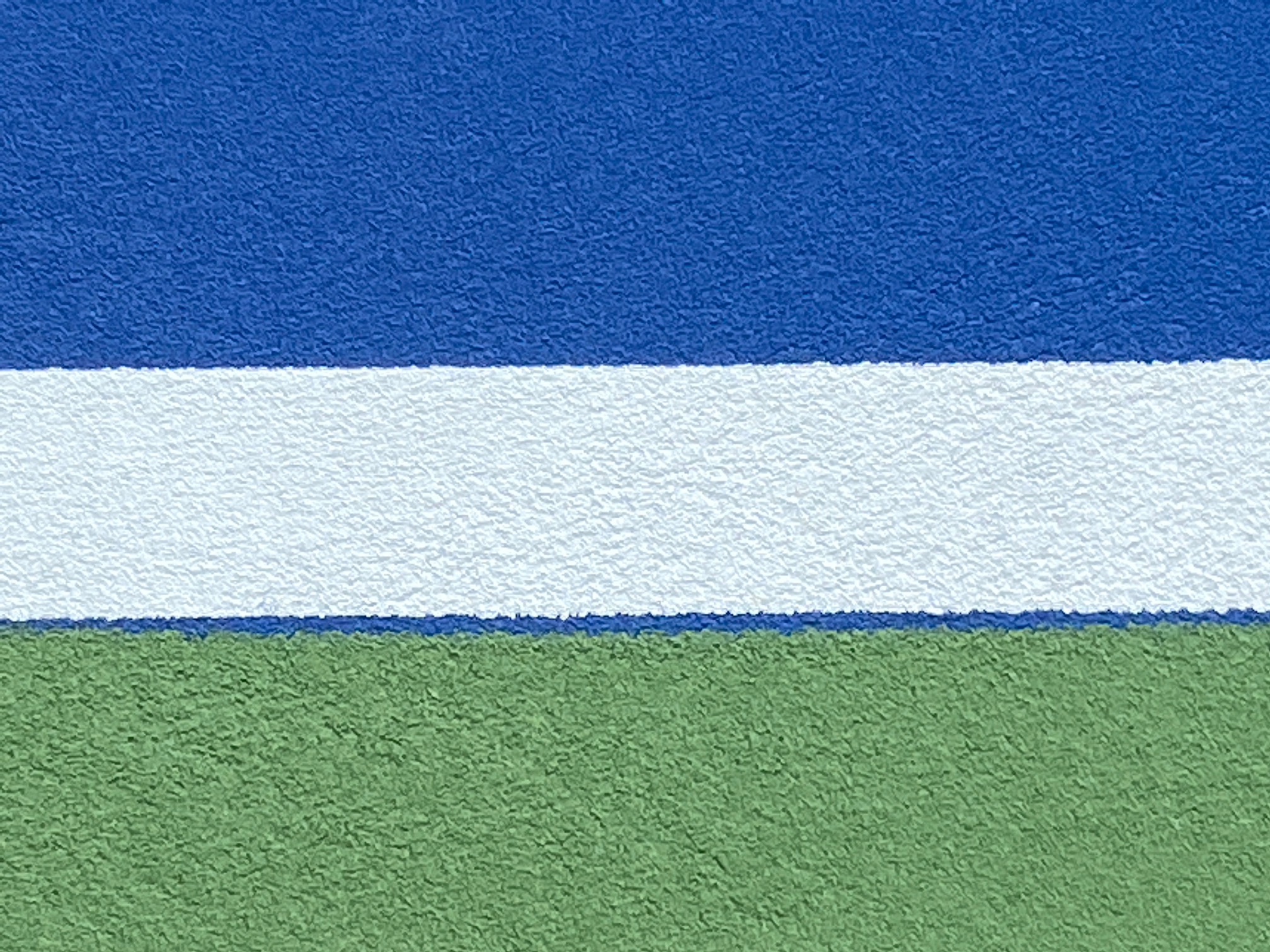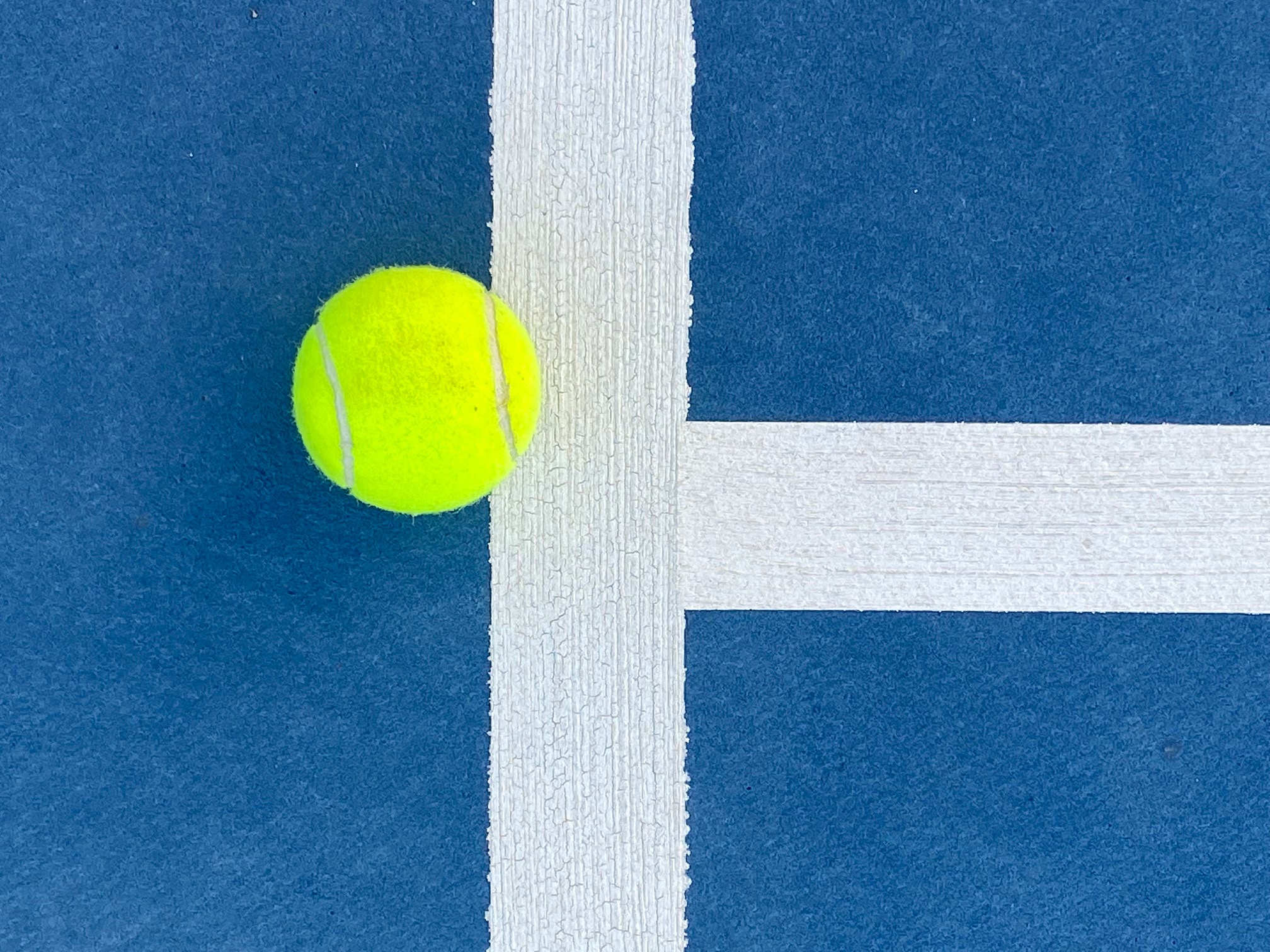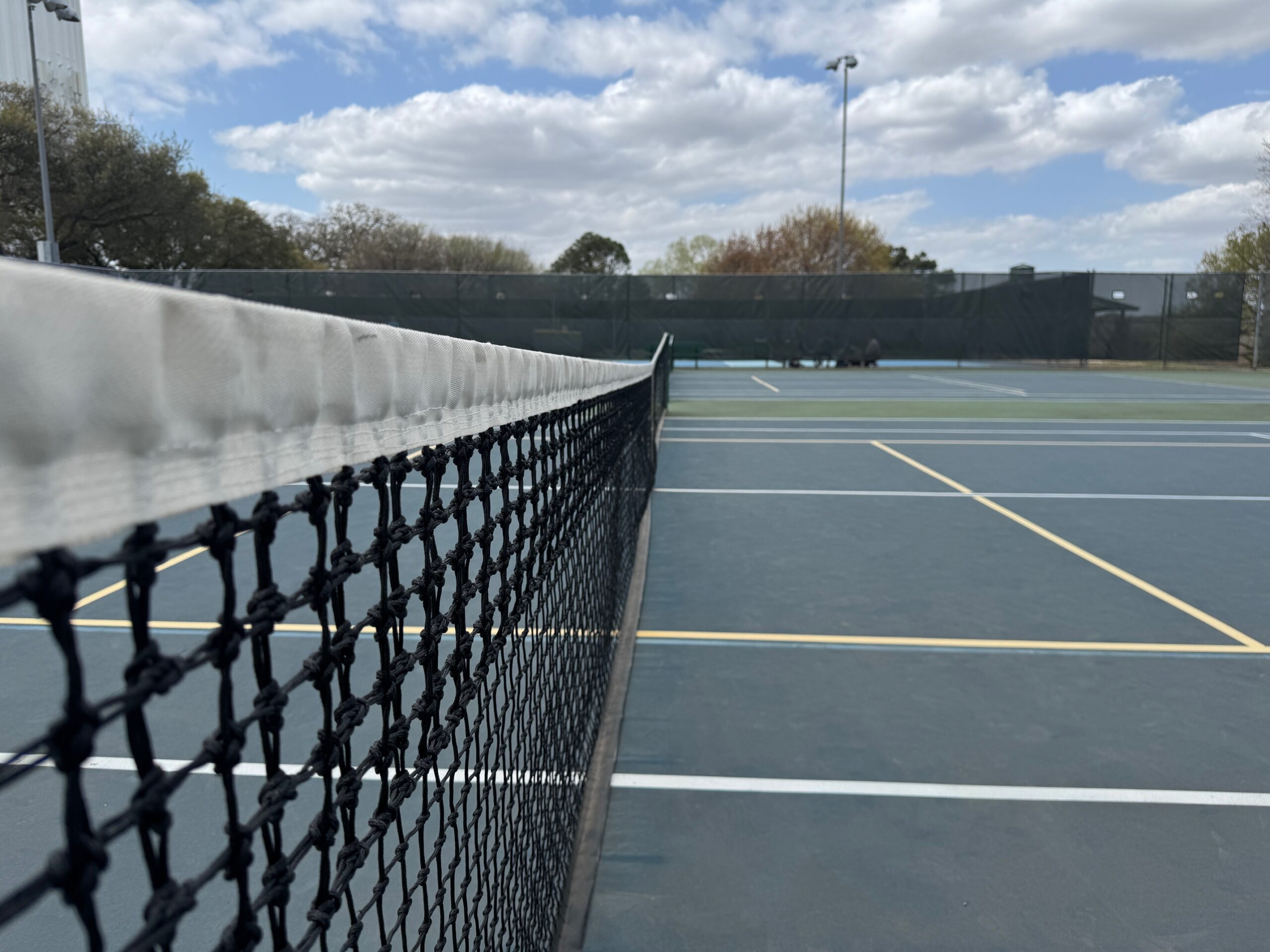Tennis Technology Tuesday

The recent spate of arctic weather makes this the perfect time to discuss the inflatable tennis bubble. Desmond Margetson, a black American tennis player and engineer is the inventor of the structure that enables seasonal indoor tennis. Since February is designated as Black History month AND the week of February 21-27 is designated as “Engineers Week” it is the perfect time to discuss the tennis bubble.
Tennis players in warmer climates may not be familiar with the tennis bubble. The first place I saw one was in Vail Colorado in the middle of a ski trip. In the United States, these structures are more common in northern colder climates where the courts only need to be protected from the elements during the winter months.
Margetson was an accomplished tennis player. He learned to play the sport at the Cosmopolitan in Harlem which is the same club that sponsored Althea Gibson when she was emerging as a promising player. Margetson played tennis for New York University which is where he received his engineering degree. He reached the round of 16 in the National Indoor Championships on four occasions.
The tennis bubble was seeded from a project to develop a portable missile shelter commissioned by United States Air Force. In 1958 Margetson was working for a firm that was working on a design for an inflatable structure to serve as that purpose. One of the principal challenges with the inflatable structures concept was with the doors. Conventional door construction was an issue when opening outward due to potential wind shear. If the door is ripped from the structure, the building will ultimately collapse.
Margotson’s stroke of inspiration occurred while watching ice cream being scooped for a malt. He realized that a solution to the door problem was a sliding cover which moved along the interior contour of the bubble. His idea completely solved the wind shear issue.
The inflatable bubble design was ultimately not selected by the United States Air Force for construction. However, because Margetson was an avid tennis player he immediately realized that the structure was a perfect solution for enabling winter tennis. His idea was unveiled in “Tennis, An All-Season Sport,” in the April 1957 issue of World Tennis magazine.
Initially the design ran into issues with building codes and it took several years before a tennis bubble in actual use came to fruition. By then Margetson had moved on to other engineering employment. While credit for those initial structures were at first awarded to others, more recently his his technical contribution has been recognized.
Margetson’s life story includes many fascinating intersections with tennis. He received his first exposure to the sport as a ball kid during the American Tennis Association (ATA) championships which were held at the Cosmopolitan Club in Harlem. For that work he was paid $5 a week. The attraction of that opportunity for Margetson was the prospect of spending all his earnings on ice cream rather than the tennis. Margetson really liked ice cream.
Margetson started playing tennis after the first time he saw Jimmie McDaniels play the sport. In fact, he was one of the ballboys during the historically significant 1940 exhibition match played between Jimmie McDaniel and Don Budge. Before the match started, Budge walked over to Margetson and placed his hand on his shoulder and spoke to him. While he doesn’t exactly remember what Budge said, Margetson indicated that he will never forget the feeling of that hand on his shoulder.
For his part, Margetson believes that had he not realized the potential of the bubble hangar for tennis that someone else would have inevitably made the connection. However that intersection between his life in engineering and tennis lead to that innovation coming much sooner than it would have otherwise.
The fact that ice cream played a significant role in the invention. Well, that is just the cherry on top.
- TENNIS; 37 Years Later, Father of Winter Tennis Is Recognized, Nunyo Demasio, New York Times, January 2, 1995.
- Desmond Margetson, International Tennis Hall of Fame Interview, 2006.



